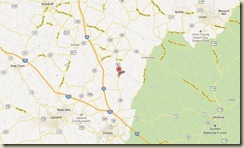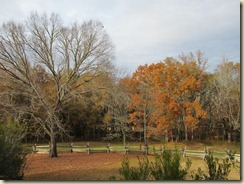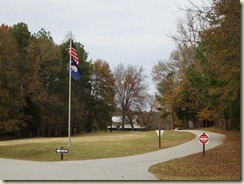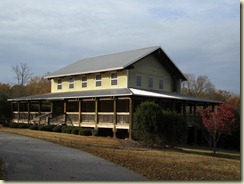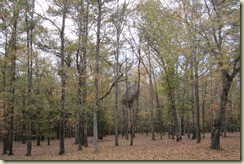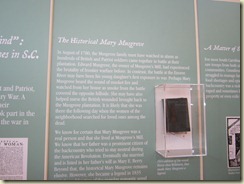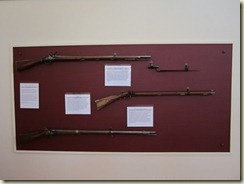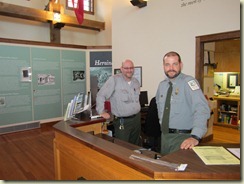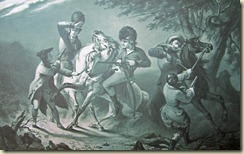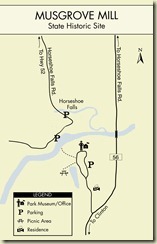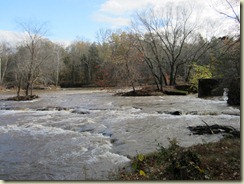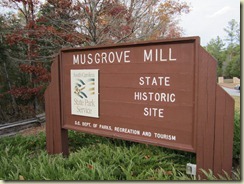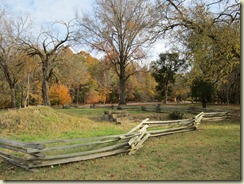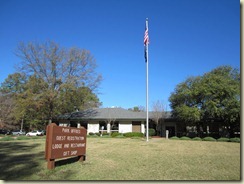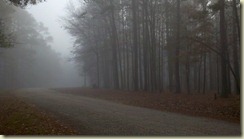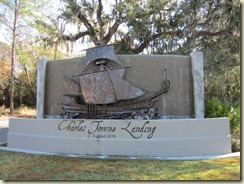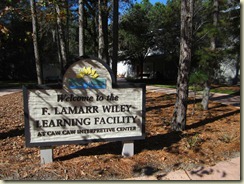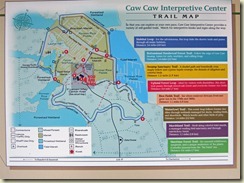 The August 19, 1780, Battle of Musgrove Mill isn’t among the major Revolutionary War engagements we often read about. But it certainly was important.
The August 19, 1780, Battle of Musgrove Mill isn’t among the major Revolutionary War engagements we often read about. But it certainly was important. For one thing, Patriot forces won decisively. Routing a much larger, better trained, and better equipped Loyalist force through courage and unconventional tactics. This battle demonstrated decisively that Patriot forces could defeat their better equipped and better trained adversaries. Certainly a morale booster for the Patriot side! More on that in a moment.
Timing too was critical. London’s “Southern Strategy” seemed to be working in early August 1780. Savannah, an important Southern port, had fallen to British forces at the end of 1778. The British, on their second try, had even occupied Charleston by mid-May 1780.
Then, on the 16th of August, just days before the Musgrove Mill engagement, British General Cornwallis and his commanders decisively whipped a considerably larger Patriot force led by General Gates. General Gates, as in “General Horatio Gates, the Hero of Saratoga”! With nearly 2,000 Patriot casualties. Gates, it turned out, was a crackerjack administrator, but not much of a battlefield commander.
So by mid-August, 1780, there was little to encourage Carolinians with Patriot inclinations. Prudent American Colonists, it seemed, should simply accept the inevitability of British rule. Confirming London’s assumption that many Southern American Colonists held Loyalist sympathies.
Little, that is, until Colonel Isaac Shelby, together with Colonels James Williams and Elijah Clarke, led 200 or so Patriot troops south through the woods from their camp on the Broad River. With instructions to clean up 200 or so Loyalist troops camped near Musgrove Mill on the Enoree River. The troops were there defending a ford across the Enoree on an important north-south wagon road.
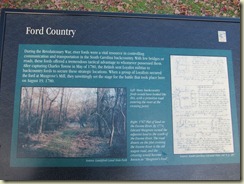 Shelby planned to ford the Enoree at daybreak and surprise the camp. But a Loyalist patrol discovered them soon after their arrival on the high ground north of the river. Worse, Shelby and his commanders learned that 100 Loyalist militia and around 200 better trained and equipped Provincial Regulars had recently reinforced the Musgrove Mill camp. So Shelby’s Patriots now faced a better armed and better trained Loyalist force of over 500. Impossible odds for his travel-weary men and horses.
Shelby planned to ford the Enoree at daybreak and surprise the camp. But a Loyalist patrol discovered them soon after their arrival on the high ground north of the river. Worse, Shelby and his commanders learned that 100 Loyalist militia and around 200 better trained and equipped Provincial Regulars had recently reinforced the Musgrove Mill camp. So Shelby’s Patriots now faced a better armed and better trained Loyalist force of over 500. Impossible odds for his travel-weary men and horses. What to do? The temptation to forget the whole thing and slip back through the woods to their better fortified Broad River camp must have been intense. But retreat was unrealistic. Rested Loyalists were certain to overtake and slaughter Shelby’s travel-weary contingent if they attempted to flee.
The Patriot commanders might simply ignore the recent intelligence and order a morning attack across the Enoree, as planned. At least demonstrating courage, and hoping for a miracle. Again, a prescription for near-certain disaster. The encamped Loyalists were expecting them. They’d be set up and ready to slaughter Shelby’s troops as soon as they left the water on the south side of the River. So, what to do?
Colonels Shelby, Williams, and Clarke ultimately agreed to a daring, unconventional plan said to have been suggested by Captain Shadrach Inman. Inman volunteered to lead 20 or so of his best troops across the river, there to fire on the Loyalist encampment, and then to retreat back up the hill on the other side. This unconventional military move was intended to tempt the larger Loyalist force into pursuit. Once the Loyalists were across the river, running up the hill, the remainder of the Patriot force would mow them down. Firing from cover and concealment on both sides of the road.
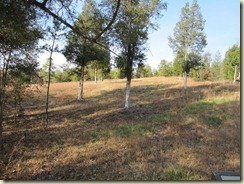 In preparation, the Patriots quickly threw up rough breastworks on both sides of the wagon road leading up to the higher ground. There, with weapons primed and cocked, they awaited their unsuspecting prey. A highly visible line of troops stood in traditional formation across the road at the crest of the hill. In clear sight of the advancing troops. This created a U-shaped kill zone into which Inman and his troops hoped to lure their Loyalist adversaries.
In preparation, the Patriots quickly threw up rough breastworks on both sides of the wagon road leading up to the higher ground. There, with weapons primed and cocked, they awaited their unsuspecting prey. A highly visible line of troops stood in traditional formation across the road at the crest of the hill. In clear sight of the advancing troops. This created a U-shaped kill zone into which Inman and his troops hoped to lure their Loyalist adversaries. Captain Inman’s plan worked. He and his men made their raid and quickly retreated. The unsuspecting Loyalists took the bait and pursued Inman’s retreating band up the hill, straight into the Patriot trap. There the Loyalists encountered deadly Patriot fire from both sides of the road. Their commander and nearly all of their officers were soon killed or wounded. Lacking leadership and confused by the Patriots’ unconventional tactics, the larger Loyalist force broke ranks within an hour and ran for their lives.
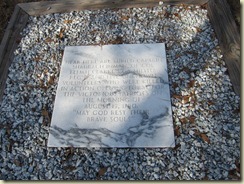 The heavily outnumbered and out-gunned Patriots that morning sacrificed only four killed and twelve wounded, against Loyalist losses of 63 killed and 70 captured. A decisive victory against great odds. Unfortunately, those killed included Captain Shadrach Inman, the real hero of the Battle of Musgrove Mill.
The heavily outnumbered and out-gunned Patriots that morning sacrificed only four killed and twelve wounded, against Loyalist losses of 63 killed and 70 captured. A decisive victory against great odds. Unfortunately, those killed included Captain Shadrach Inman, the real hero of the Battle of Musgrove Mill. So What? You might reasonably ask. Why all the attention? Musgrove Mill was a minor, and hardly decisive, engagement. Better to move on to subsequent battles, like King’s Mountain, Cowpens, or even Guilford Courthouse. Battles that really mattered.
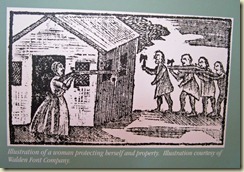 Well, in any war, morale and perceptions mean a great deal. Especially during civil wars, with neighbor fighting neighbor, brother fighting brother. That was certainly true at Musgrove Mill. Of the 700-some combatants at Musgrove Mill, only one was a British regular. All of the others were American colonists.
Well, in any war, morale and perceptions mean a great deal. Especially during civil wars, with neighbor fighting neighbor, brother fighting brother. That was certainly true at Musgrove Mill. Of the 700-some combatants at Musgrove Mill, only one was a British regular. All of the others were American colonists. London’s “Southern Strategy” during the American Rebellion relied heavily on Loyalist support from American Colonists. Indeed, it appeared unlikely that Britain would prevail without it.
News of Shelby’s victory at Musgrove Mill over an overwhelmingly stronger Loyalist force provided encouragement for Patriot sympathizers, and gave Loyalist and “neutrals” something to think about. Should the Patriots ultimately prevail, Loyalists, and even “neutrals” like mill owner Edward Musgrove, could expect little sympathy from the victors. Better to back a winner. And the Battle of Musgrove Mill demonstrated that the Patriots just might win!
Stay tuned. In the next two episodes we’ll walk through the area of the Loyalist encampment, have a look at the Enoree River, and then tour the site of the battle on the north side of the river.
Click here for the next post in this series.
Sign up for e-mail delivery of subsequent CarolinaConsidered posts at the top-right of this page.

